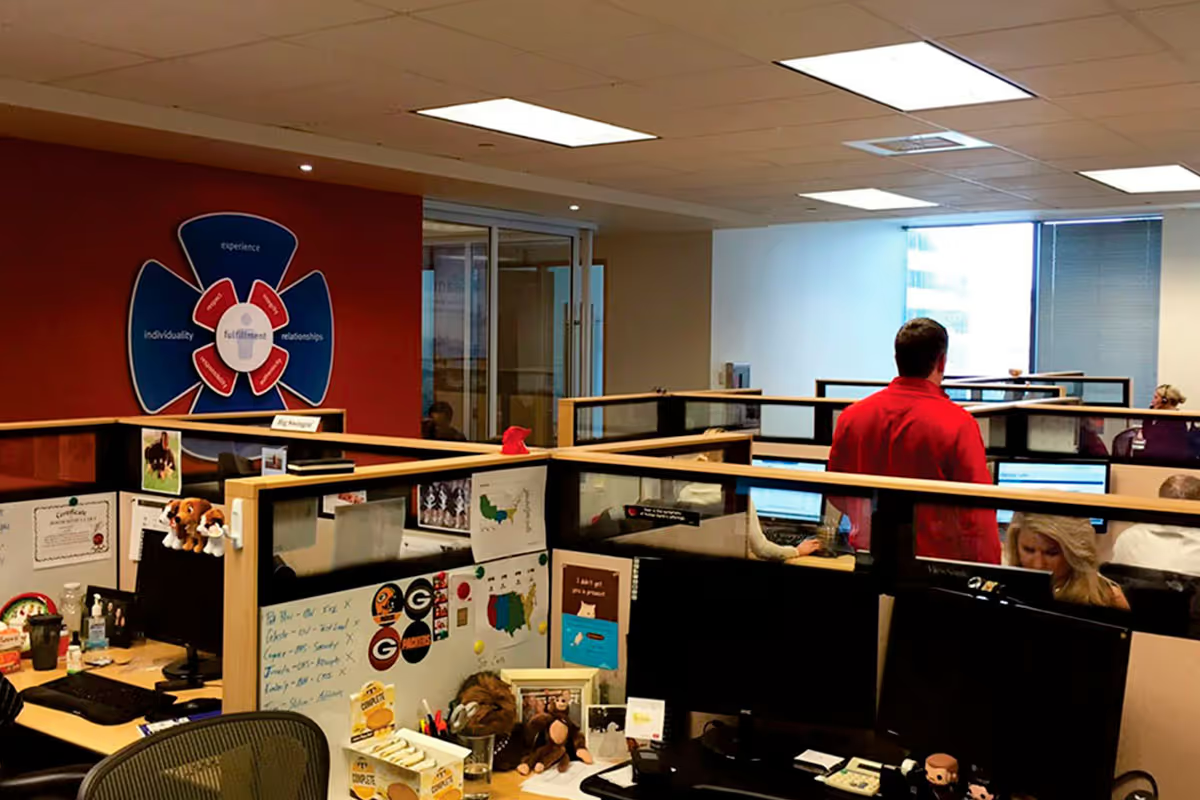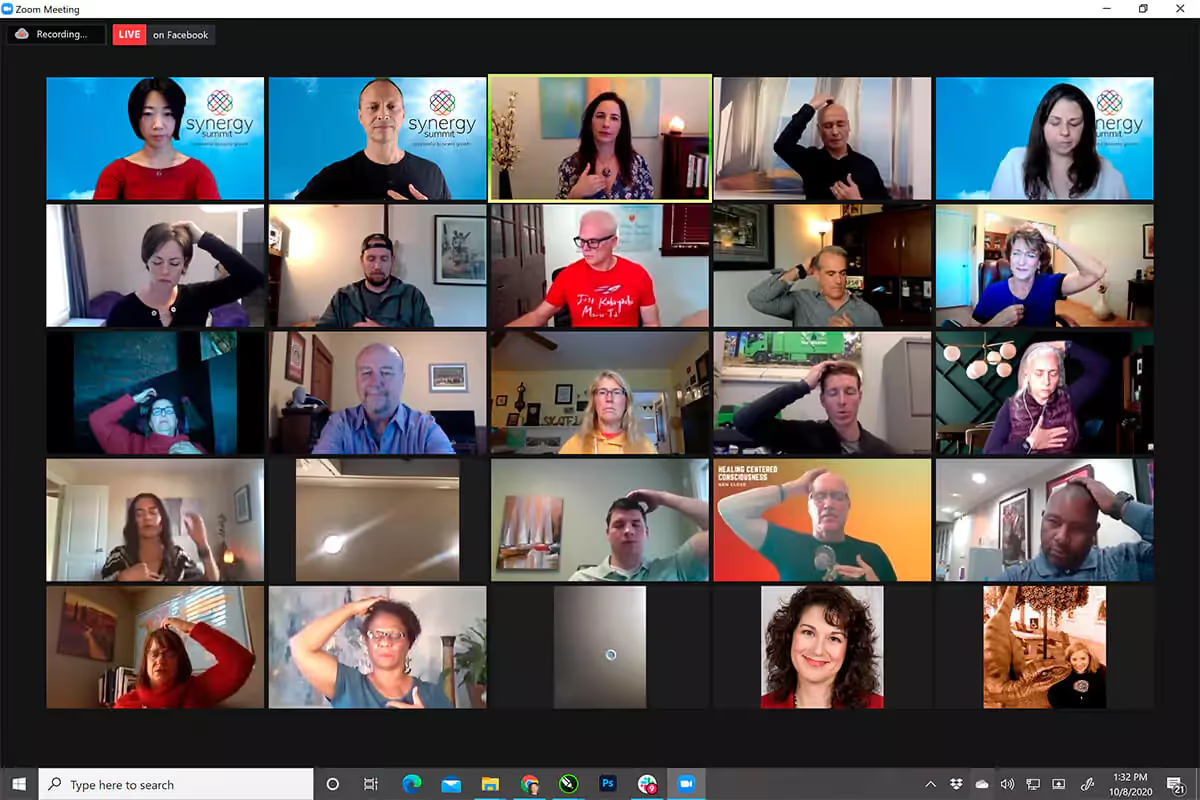A guy asked what I thought made for a great team. Well, the first thing that always goes through my mind with that question is, “don’t be a Dick.” So I said it. He chuckled, and then said, “no seriously?” I said, “yeah, (pause- with a bit of a smile) I’m serious, … think about when you’ve dealt with a crappy supervisor or coworker. Were you in the zone doing amazing stuff? Or, were you distracted by the ever-present reminder (voice, email, task) of what a jerk he was? And, that reminder, invaded your ability to perform at the best you could?” Guess what his response was?
After a bit of commiseration about terrible bosses, I suggested that he might like ReworkWithGoogle’s, The 5 Keys of a Successful Google Team. When I first saw this two and half years ago, I got so excited that I had to go dig through some of my old notes from when I was becoming a teacher. Google’s findings were almost identical to what we learned in education 20+ years ago for what made for a great classroom. ReworkWithGoogle is a great place to start, for your efforts in building better teams.
- Google Teams: 1. Psychological Safety 2. Dependability 3. Structure & Clarity 4. Meaning 5. Impact
- Great Classrooms: 1. Safety 2. Consistency 3. Clear expectations 4. Relevance 5. Why Matters
And thanks Google! It’s nice to have the data for the science behind the theory now. Upon leaving our conversation, he was intent on reviewing the 5 keys for successful teams. If you haven’t looked at this, it’s well worth your time.
BRAIN RULES: SURVIVAL = SAFETY & TOGETHERNESS
Our emotional aversion, the undeniable response of our lizard brains to danger, will always trump our obligation or desire to get something done. That’s our brain’s survival function kicking in. I’m not saying that you won’t get stuff done, but, you’re going to have to wade through the brain’s avoidance/fear response first. And fear’s recurrence, well, it’ll keep you out of flow’s happiness, fulfillment and high-performance. Simple enough, we have to have safety. It’s kind of a top priority for our noggins.
Long ago, our brains developed so we could survive outside threats and perpetuate our species, by working together. We are safe when we are together in belonging. Imagine going into the dark woods alone, with all the wild animals all around you. I’ve been alone in the woods and could hear a bear breathe, but couldn’t see it. When I turned to look behind me, I couldn’t see in front of me. Then, I slowly turned my head back to look in front again…
Think about this, we are at the apex of the food chain without:
- Claws
- Scales
- Big Fangs
- Body Armor
- Thick Skin
- Heavy Fur
We only survived and excelled because we worked together. We’re on top! It’s that way out in the wild and it’s that way in business. But…, yep, there’s a but. We no longer deal with threats “as a tribe,” and, we’re no longer under threat from the beastie-things that can devour us. So you’d think things would be easy and amazing now! Right?

Wrong! Our brains still respond to any threats as if they’re the fanged type, even when they’re not. (Thanks, John Medina, Brain Rules, for the wonderful talk at Seattle Coach’s 10 Year Summit! You were an absolute joy.) We have a whole set of brain systems just for self-preservation, and all the rational stuff has to pass through them. Stuff gets seen through fang colored glasses. In a normal fanged threat situation, our brains, by design, would instruct us reach out to our tribe for help, or, to reach out to someone in peril and to help. But we screwed that up by making our work environments and performance, a primarily individual responsibility. Even though we’re in the middle of everybody, we’re alone. We’ve turned the tribe into an inherently dangerous and isolated place. As a result, an inauthentic gesture, a dirty look, an unkind word, etc. goes through the same circuitry that meant for us to pull together and fight the sabertooth tiger.
HERE’S HOW IT PLAYS OUT:
- you get a job
- you’re individually responsible for your job
- you do your job, or you get fired
- you’re alone and always in danger of being fired
- you’re human and bound to make a mistake, oh-oh!
- your neuro-biologically must reach out
- you’ve no one to help you
- you reach out to somebody in the same crappy situation as you, ah, relief!
- you form a subtribe in belonging
- you passively fight back with gossip and complaints in your new subtribe of learned helplessness
- you repeat steps 2 through 11

So, what’s missing? We have 70% of the workforce that is still disengaged and repeating some degree of the cycle. It’s pretty clear that we know what makes a great team and yet we haven’t made any progress in 15 years.
THE CULTURE MUST BE AND FEEL SAFE
- From the top down & the bottom up
- For differences & imperfections
- For growth & progress towards excellence
THE CULTURE VALUES FIRST, THE TRIBE’S TOGETHERNESS IN BELONGING, THEN PURPOSE
- Here, people choose and will make sacrifice for the sake of the tribe, not be sacrificed by the tribe
- Togetherness, amidst differences and conflicts is valued
- You have each other’s backs in true vulnerable accountability

This is where it’s tough, because, if the culture doesn’t feel safe, you can’t value each other, and if you don’t value each other, you don’t create genuine feeling of safety. This requires constant work, like a marriage, okay, make that a healthy marriage.
From now on, when I’m asked what makes a great team, I’ll still refer ReworkWithGoogle, and, I’ll be adding the, the magic key, culture that values togetherness. Without it, even teams divide. We shouldn’t confuse togetherness with homogeneousness, where culture makes everybody the same or fit into exact patterns, for easier control, ugh! Rather, it’s the commitment to the tribe to work together and have each other’s back in belonging. And, doing so with the differing perspectives that inevitably lead to conflicts that occur when two or more people work really hard to achieve something. We all have different eyes for different viewpoints and different strengths and ideas for how to use them. We must choose a we win together approach to make sure those conflicts are constructive instead of destructive.
Now that’s a completely different picture. All because we added the element of a culture that values being together in belonging.
BRINGING IT ALL TOGETHER
Teamwork requires safety and our brains require a belonging with each other to feel safe. If the company culture doesn’t bring people together, that’s not going to happen. When we care for each other from a primary value as part of our common purpose, we have a context by which to use conflict to achieve new heights together, as opposed to creating divisions that threaten the tribe from inside. We’re better together.
Have a great day and keep making our work world a better, more productive and happier place. Paul




